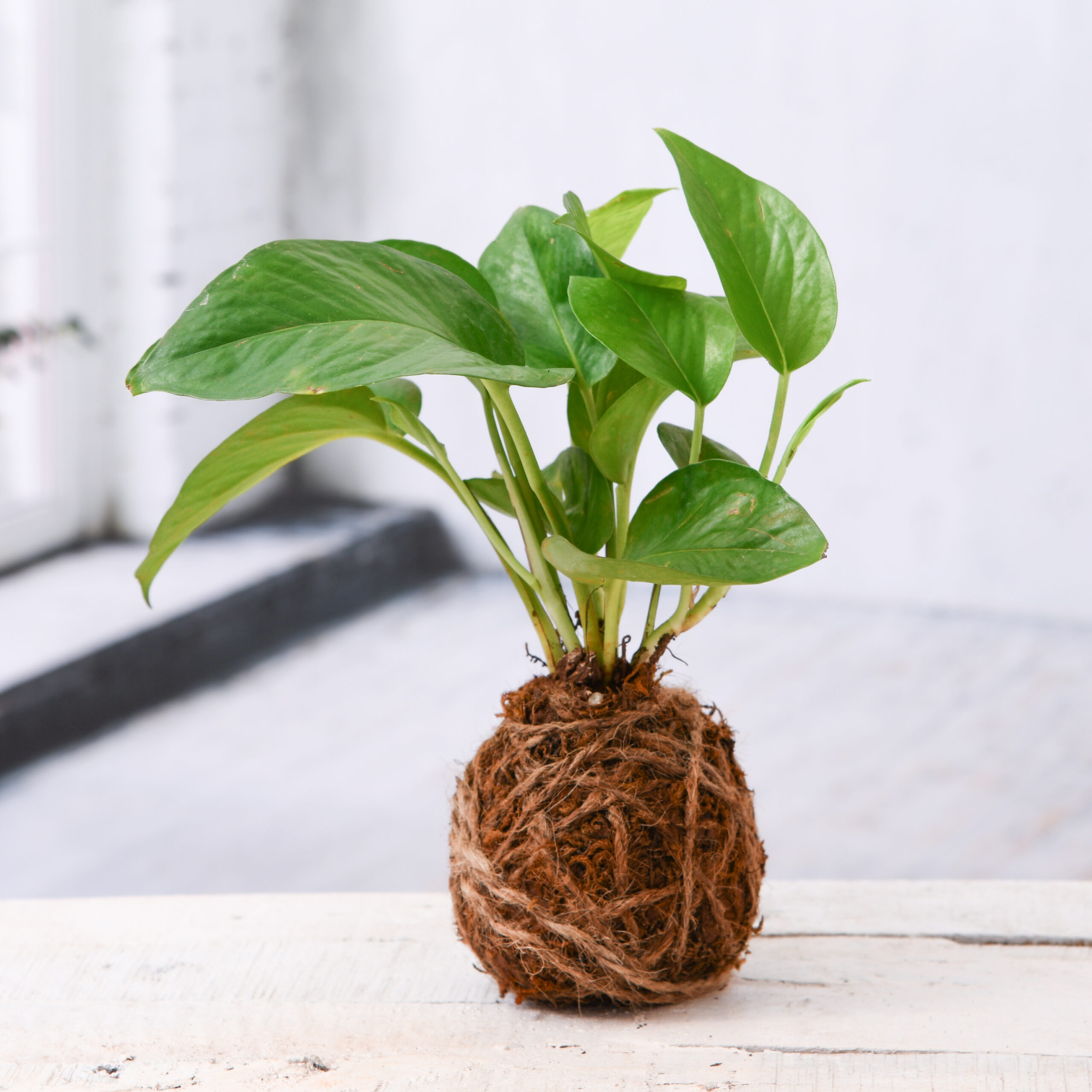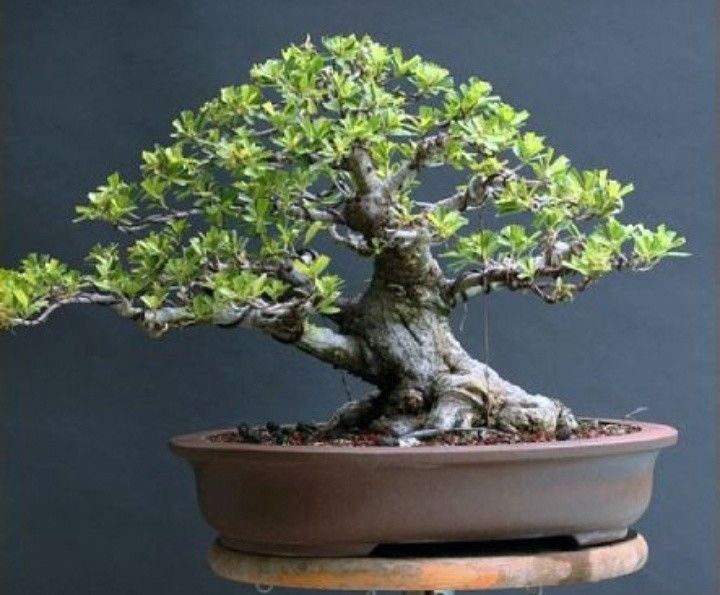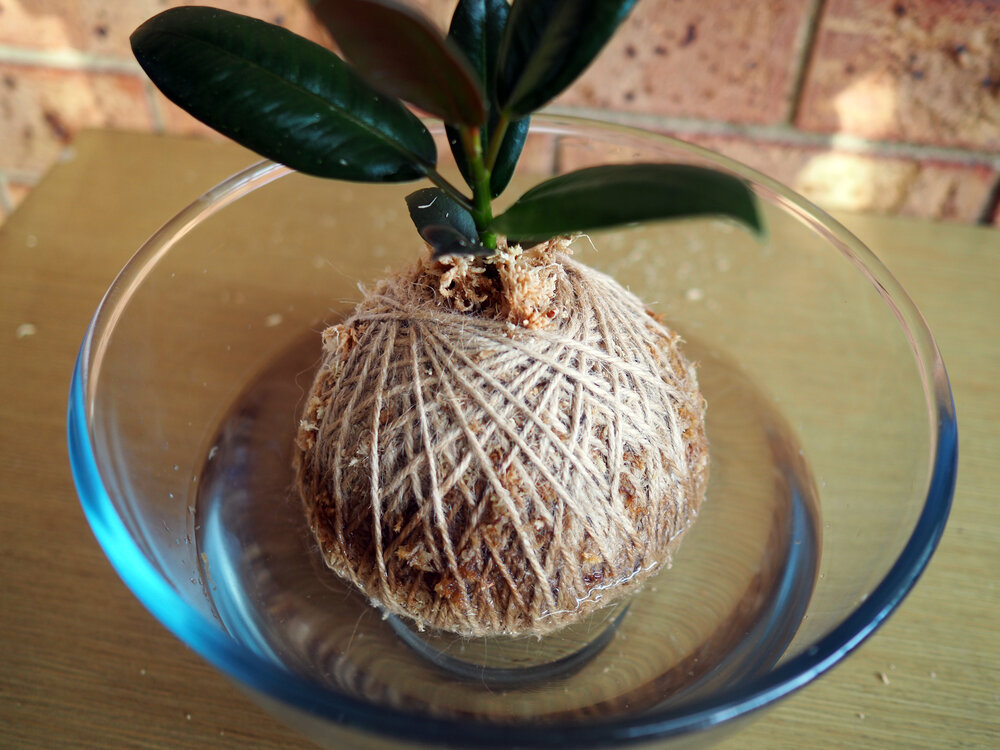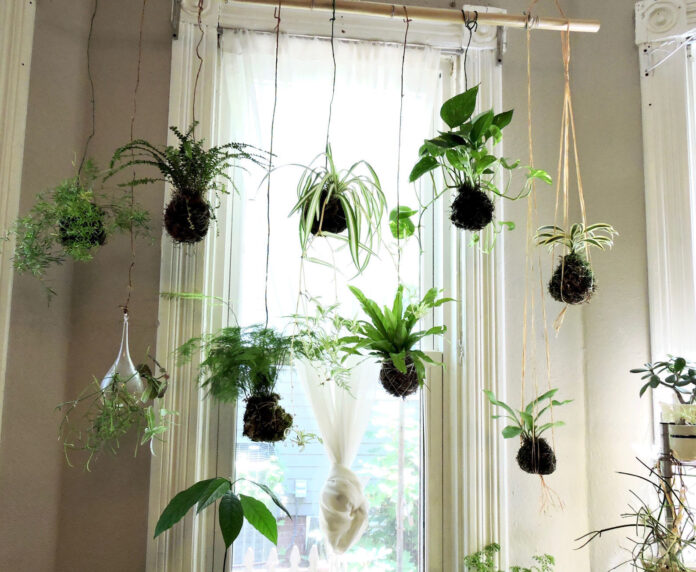During this pandemic, many people take up hobbies that may have been difficult to realize in previous years. One of them is growing ornamental plants. If you’re one of them, maybe making kokedama is another interesting hobby to try.
What is Kokedama & Benefits

What is kokedama? Derived from a Japanese word, kokedama can be translated as such: “koke” which is moss and “dama” which is a ball. When put together, kokedama means a ball of moss that has round soil and is filled with beautiful green plants around it. Unfortunately, since the presence of moss is difficult to find in densely populated urban areas such as Jakarta, Surabaya, Bandung and Bekasi. Hence, coconut fiber waste is chosen as a substitute for moss.
From a health standpoint, kokedama is also beneficial for health because it is able to dissolve harmful chemicals in the air such as benzene and convert carbon dioxide into oxygen. Especially if the plants you choose for kokedama are plants that function to improve air quality such as Boston ferns, Sansevieria, palms, to Dracaena.
Besides being good for health, kokedama is also environmentally friendly because it uses natural ingredients as its composition. Of course, this is ideal for those of you who are trying to become more environmentally-friendly. Other than that, kokedama uses a relatively small amount of water to grow.
Because of its unique and attractive shape, kokedama is also being sought after by people who are looking for an alternative collection of ornamental plants. On the market, the price of kokedama is quite affordable, around IDR 40,000.
History of Kokedama

Kokedama is centuries old and is closely related to the art of bonsai. Kokedama is a representation of the concept of Wabi-Sabi or an appreciation of the imperfections of nature. Characteristics of wabi-sabi include simplicity, warmth, disorder, naturalness, coarseness, and observation. These are the basic principles of kokedama.
It also closely related to the Bonsai, which is the art of dwarfing plants so that they have a long life, popular in Japan since the 8th century. To make the bonsai, good and expensive pots are needed. Since it is similar to the nearai method of bonsai, kokedama has a dense and tight soil structure. This makes the planting method to replace these pots as a cheaper way of maintaining these plants, earning it the name the poor man’s Bonsai.
How To Make A Kokedama
Plants for Kokedama
For those of you who want to make a hanging kokedama, don’t choose plants with protruding branches such as rosemary and echeveria pink frills. Instead, choose epiphytic plants like orchids, ferns, and some cacti for your kokedama to make it easy for hanging.
Meanwhile, for kokedama that you want to place in outdoor area, the choices include violas, gaultheria, helleborus niger, cyclamens, philodendron, and begonia rex. Some of the plants that are not suitable for growing in kokedama are flowering plants (such as orchids), succulents, Maidenhair Ferns, and Ming Aralia.
It’s important to note that hardy houseplants that stay small, grow slowly and are tolerant to less than ideal conditions are the best houseplants for Kokedama. Avoid plants that grow too large or too quickly like monstera and wait until you’re more experienced to try kokedama with finicky plants. With practice, you can work your way to taking care of more sensitive plants.
What You Need To Make A Kokedama:
-Small Plants suitable for kokedama
-Soil / special media for bonsai plants with compost (1: 1)
-Fresh or dried sheet moss (can be found at plant stores)/coconut fiber
-Water & small spray
-Scissors & cotton threads
-Gloves
How To Make It:
Step 1

Mix half bonsai soil and compost in a 1:1 ratio. Add enough water until it’s moist. It’s important to make sure the water volume is not too large to avoid molding.
Step 2

Shape the ball surrounding the roots of the plant with the soil mixture.
Step 3

After forming a ball, wrap it thoroughly with a sheet of moss or using coconut fiber.
Step 4

Then wrap and tie with string.
Step 5

Add additional rope so that the kokedama plant can be hung. Your kokedama is ready!
How to Take Care
The kokedama is practical and requires effortless maintenance. The most important maintenance tip is to keep the kokedama away from direct sunlight and maintain its hydration levels as it is prone to dryness. Signs that you kokedama is dry and needs water is when it feels light when you hold it.

To keep the kokedama properly hydrated, you don’t need to water it. Simply dip the kokedama into a bucket of clean water, and let it soak for 5-10 minutes then hang it back to dry. Do this twice a week in the rainy season, and every day during the summer. However, these conditions can differ depending on the weather and the plants you use.
You also need to provide vitamins for plants in kokedama, namely by using liquid fertilizer. To fertilize kokedama, the method is exactly the same as giving it water. Place the liquid fertilizer into a container such as a basin, then dip the kokedama for a while and let the fertilizer soak in.






